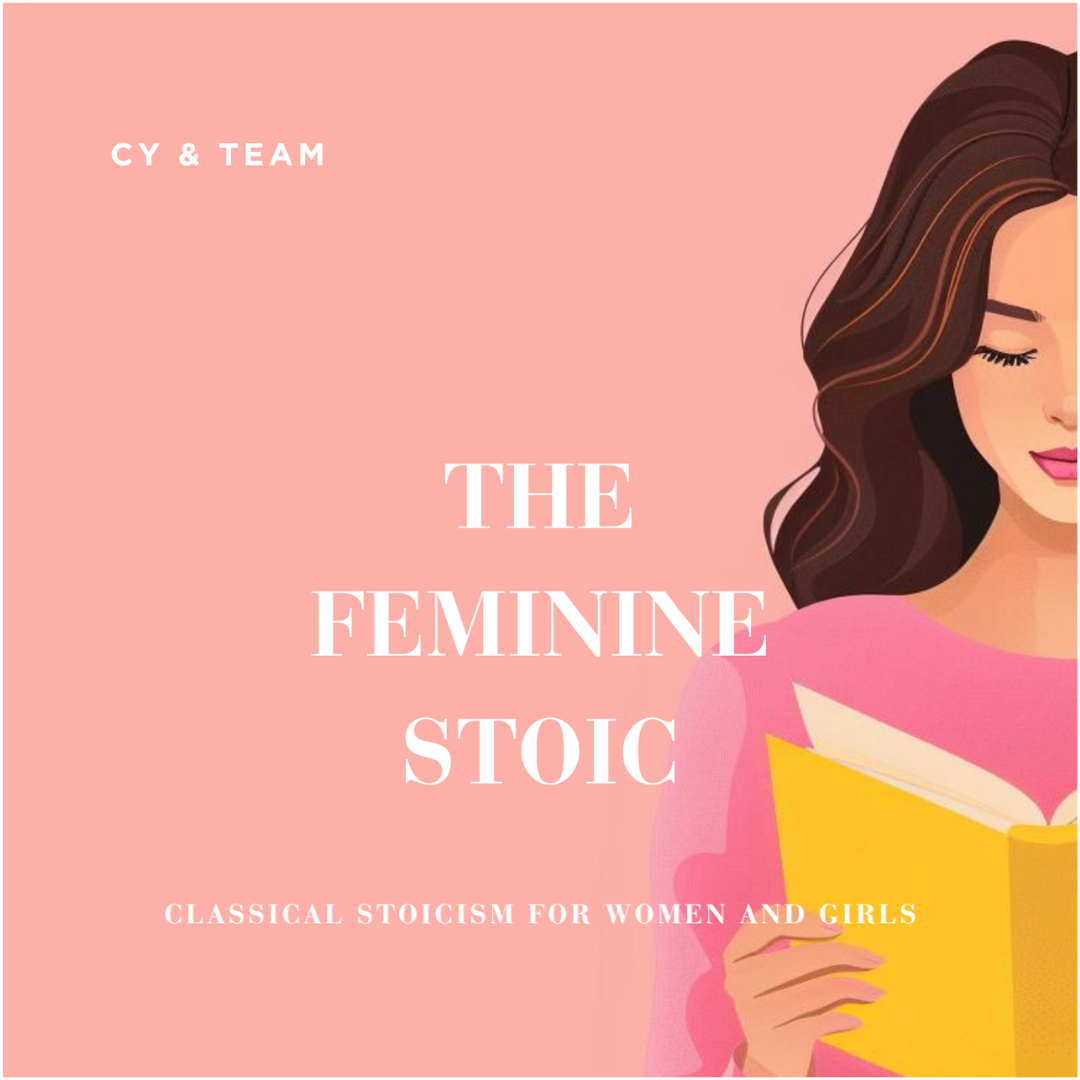Incluvie Foundation Gala - Learn More


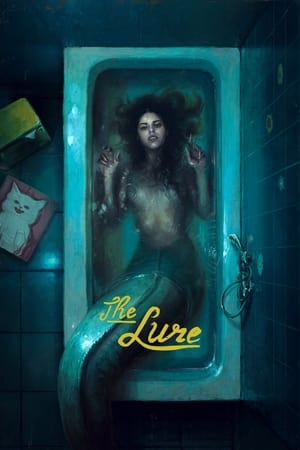
The Lure (2017)


Incluvie Related Articles
The Transformative Powers of Monstrosity – A List Of Body Horror Films With Trans Allegories
November 1, 2023Allegory as a means of telling queer stories isn’t a new approach and for fairly obvious reasons. Until quite recently, explicit nuanced narratives on the LGBTQIA+ experience were difficult to bring to the big screen because historically, it was straight-up banned for decades, and then that got replaced by sparse and stereotypical representation that primarily either villainized queerness or used it for comic relief. So, the go-to mechanism was to subtly include hints of queerness into narratives that other queer people or those versed in reading cinematic texts could pick up on. From Hitchcock’s Rope whose homosexual themes Leon once explored for Incluvie, to the much less subtle nod to othered queerness in the What We Do in the Shadows film I have written about earlier, it has been an accepted norm, especially for queer creatives or even creatives who are allies of the community to include themes and narrative tropes which bear similarities with the common experience of many LGBTQIA+ people. From the experience of being ostracized to the internalized self-hatred born of conditioning in a cis heterosexual world, the experience of monsters like Frankenstein’s monster bear similarities to the queer experience. In fact, the problematic villainized representation of queers often occurred in horror films in the form of antagonists who were queer-coded or explicitly queer individuals like the transvestite Buffalo Bill in Silence of the Lambs.
But not only are some villainous representations being reclaimed, but many in the queer community also relate to the treatment of the monster even when interacting with monster stories that aren’t coded as queer. And in fact, the body horror genre holds a special place in the gender-questioning and transgender community. The experience of feeling trapped in a body that doesn’t seem to be one’s own, and the constant urge to mutilate oneself as a means of self-expression are themes commonly explored in body horror films where the body of the protagonists often even undergo physical transformation along with mutilation. Whether this was intentional or not, these narratives are being interpreted as allegories for the trans experience because non-cis individuals often find visibility in the portrayal of the characters’ relationships with their bodies which can be easily read as metaphorical if not direct, representations of body dysmorphia, a common consequence of gender dysphoria. So in the spirit of Halloween, the following is a list of body horror films that can be more easily interpreted as trans allegories.
5 Cerebral Gore Films Featuring Women: When Slasher Meets Women's Horror
July 3, 2022Horror has a long history of murdering its women characters. This is because horror films uphold the gender ideology that women are far less superior to men; hence, women in horror are often slashed or eaten. One might argue that the lack of a woman's gaze or relatable women characters leads many women spectators to not fall in love with the slasher genre. While Carol Clover's final girl might make women pumped up about seeing a woman survive a horror film, that doesn't mean all women would identify with the final girl (especially if she's written stereotypically). I've discovered that there's a new horror genre: a genre that combines slasher, cerebral (psychological horror), or women's horror that are often directed, written, produced, and/or starring women. Coined by Amy Jane Vosper comes a new hybrid horror genre: cerebral gore.
According to Vosper's Film, Fear, and the Female, “This new subgenre, to which I shall refer as cerebral gore, often purposefully subverts the male gaze or satirically employs it as commentary on its undesirability.” Vosper mentions these films are usually marketed for women, but do not exclude men's viewership. The main goal of cerebral gore is to make a social commentary on gender. Particularly, the role women play in slashers. Another goal is to make women the star of the horror genre without villainizing them. For this reason, cerebral gore films will have a main woman protagonist that women audiences can identify with. Additionally, cerebral gore allows women spectators to enjoy the gore and violence as, what Vosper describes as, "visceral imagery." This proves that women do love gory films, but probably not the ones where women are the victims. I have come up with a ranking list of five cerebral gore films, so we can further evaluate what makes a horror film a cerebral gore. Who knows, maybe you've watched a cerebral gore film without even knowing it.
If you’re a fan of Katharine Isabelle, you will love her in American Mary (2012). Katharine Isabelle is no stranger to the horror genre. Most people know her in Ginger Snaps (2000) as a werewolf, and if you’re like me, you know her as the character Ava in Supernatural. Watching her in Ginger Snaps and Supernatural, I can tell that Katharine Isabelle is great at playing a villainess, but it’s hard to say if she’s a villain in American Mary. Directed by The Soska Sisters, a.k.a. The Twisted Sisters, American Mary, focuses on a surgical med student (Mary) who is struggling to pay her tuition. So, she makes a living giving surgical patients body modifications. The film doesn’t sound as scary, but one of the horrors of the film is watching Mary slicing the nipples off a woman, who wants to remove her breasts and have a sealed vagina. The reasoning behind this procedure is to bring social commentary on how women are constantly erotized by men. In order for the woman to avoid being a sex toy for her husband, she wants her body to be censored like a Barbie doll. Check out Ateryo's, "15 Modern Horror B-Movies To Watch This October" referencing, American Mary.
Things take a turn when Mary is raped and drugged by her professor at a party he invites her to. Once Mary realizes what happened, she exacts revenge by kidnapping her professor and torturing him by performing a severe body modification and mutilating him. Ultimately, her obsession with body modification kills her in the end. Amy Jane Vosper specifically mentions American Mary as a cerebral gore-horror film that utilizes gore to not necessarily frighten women spectators, but that “appeals to the artistic and aesthetic sensibilities of the viewers.” This can be seen in Mary’s death scene. As she lies on the floor bleeding to death, we see her in a restful pose, and her blood smeared on the floor looks like splattered paint, making her death look like a painting.
Pictures and Videos

Movie Information
Two mermaid sisters, who end up performing at a nightclub, face cruel and bloody choices when one of them falls in love with a beautiful young man.
Cast
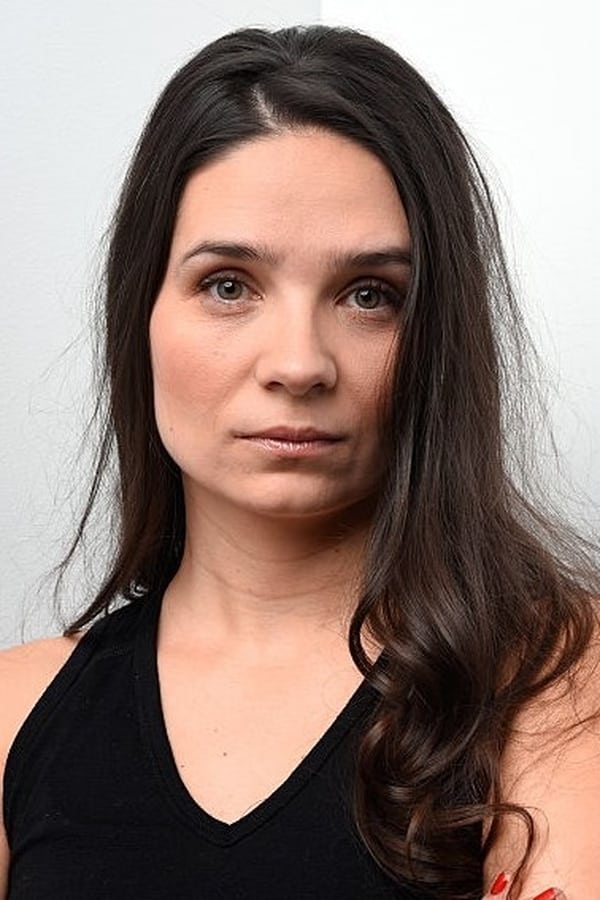
Agnieszka Smoczyńska
Director

Agnieszka Smoczyńska
Director

Kinga Preis
Wokalistka Krysia
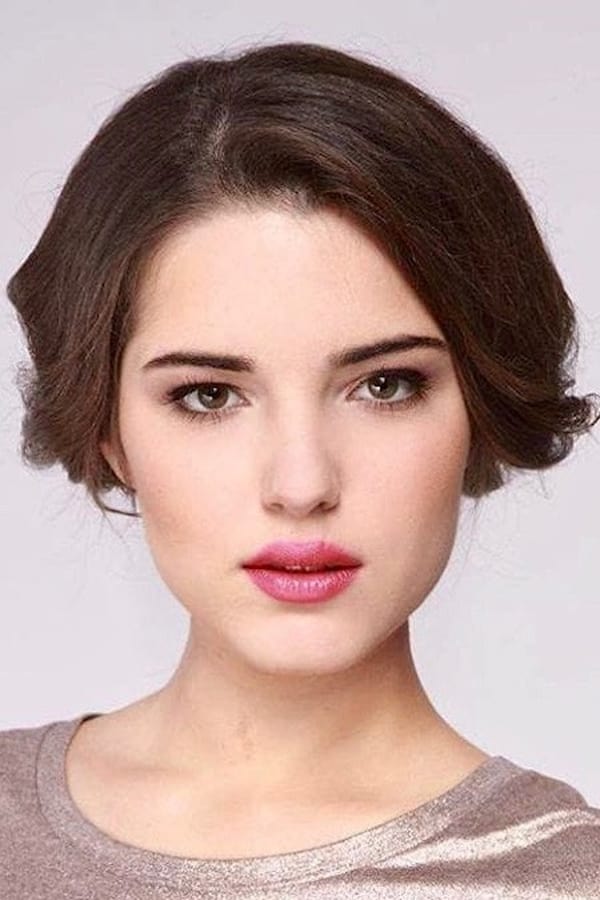
Michalina Olszańska
Syrena Złota

Marta Mazurek
Syrena Srebrna

Jakub Gierszał
Basista Mietek

Andrzej Konopka
Perkusista
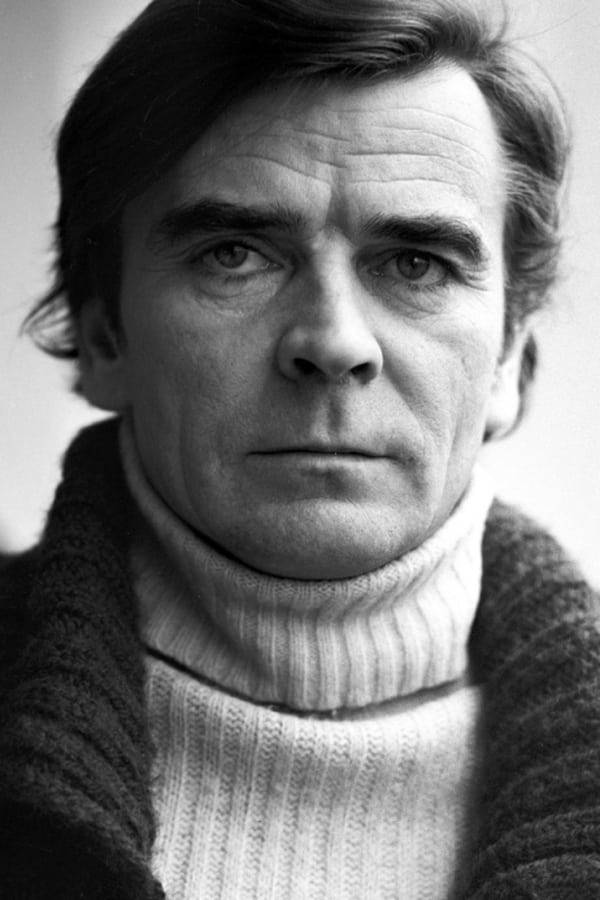
Zygmunt Malanowicz
Kierownik sali

Marcin Kowalczyk
Tryton / Dedal

Magdalena Cielecka
Boskie Futro
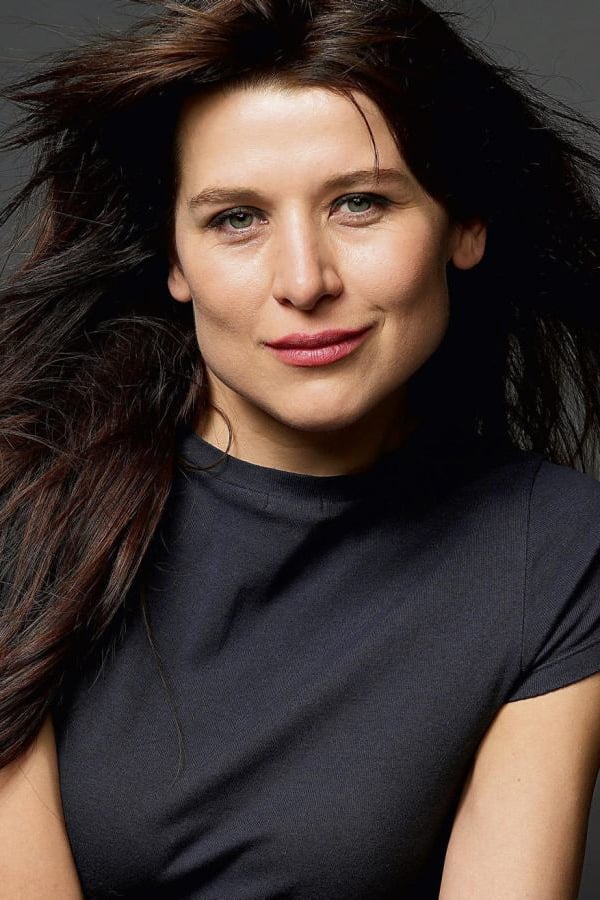
Katarzyna Herman
Porucznik MO
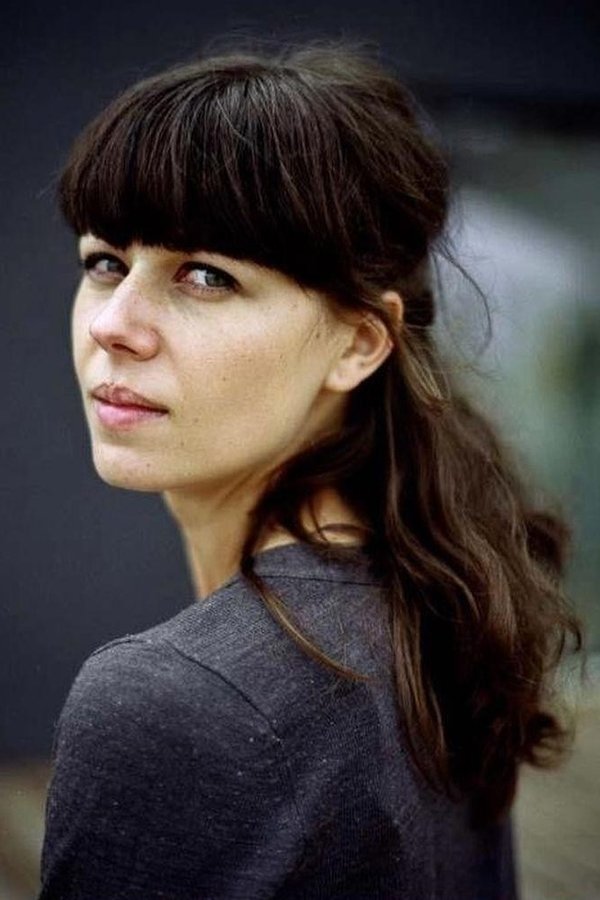
Joanna Niemirska
Nerka
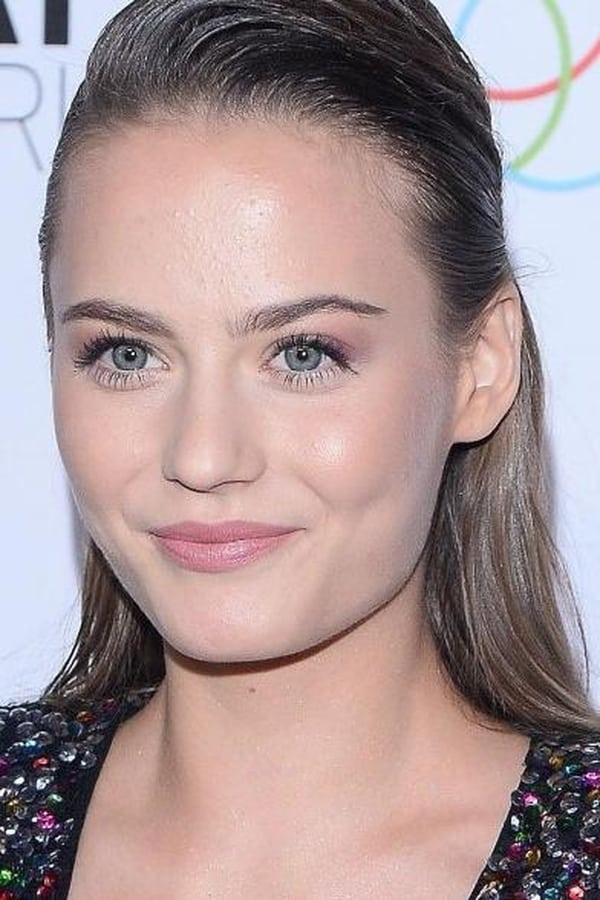
Katarzyna Sawczuk
Nancy
Articles You May Like
The Wilds is ~Wildly~ Diverse
Outer Banks Ignores Its Racial Context
Outer Banks (2020-) knows its audience: young adults in a country that can’t stop romanticizing good ole’ treasure hunts. Add a little of Riverdale’s (2017-) sex appeal, and no one can look away. Forty years after The Goonies (1985) America’s consciousness hasn’t strayed from the same tropes: treasure hunts, a vulnerable white male lead, and the whitewashing of a racially segregated setting.



